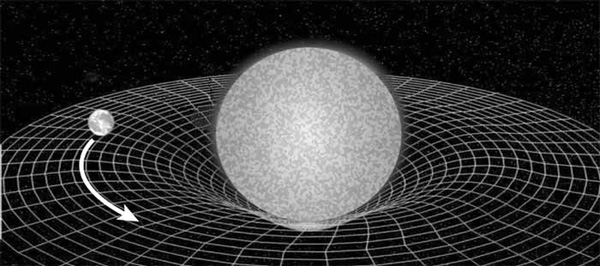Science
Scientific Definition
The theory of special relativity finds a convenient formulation in Minkowski spacetime, a mathematical structure that combines three dimensions of space with a single dimension of time. In this formalism, distances in space can be measured by how long light takes to travel that distance, e.g., a light-year is a measure of distance, and a meter is now defined in terms of how far light travels in a certain amount of time. Two events in Minkowski spacetime are separated by an invariant interval, which can be either space-like, light-like, or time-like. Events that have a time-like separation cannot be simultaneous in any frame of reference, there must be a temporal component (and possibly a spatial one) to their separation. Events that have a space-like separation will be simultaneous in some frame of reference, and there is no frame of reference in which they do not have a spatial separation. Different observers may calculate different distances and different time intervals between two events, but the invariant interval between the events is independent of the observer (and his or her velocity).
Spacetime

Time has historically been closely related with space, the two together merging into spacetime in Einstein's special relativity and general relativity. According to these theories, the concept of time depends on the spatial reference frame of the observer, and the human perception, as well as the measurement by instruments such as clocks, are different for observers in relative motion. For example, if a spaceship carrying a clock flies through space at (very nearly) the speed of light, its crew does not notice a change in the speed of time on board their vessel because everything traveling at the same speed slows down at the same rate (including the clock, the crew's thought processes, and the functions of their bodies).